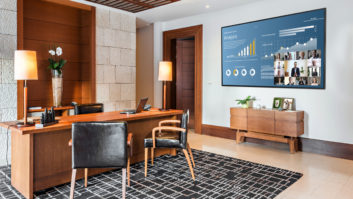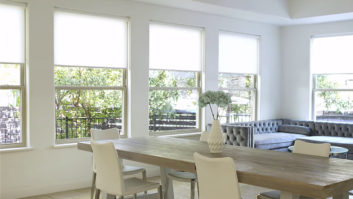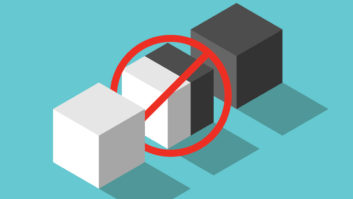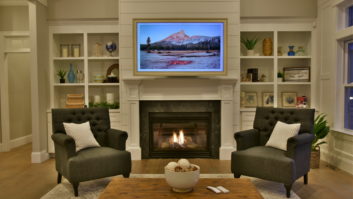How Luxury Goods Providers Compete in an Economic Downturn

Ira Friedman is the CEO of Bay Audio, a manufacturer of custom speaker solutions. He holds an MBA from the Harvard Business School.
Have you noticed that wealthy clients are asking you to do more for less? This is a natural result of the power shift in our industry from the professional (you) to the buyer.
Clients with money are hyper-aware of their power. The wealthy are enjoying the best of times right now. Buying power has consolidated to this small group of people–and they’re flexing their spending muscle like never before.
Well actually, that’s not true. You see, in the years during and immediately following the Great Depression, the wealthy were gobbling up luxury items and services just like they are today. Because a depressed economy pushes prices lower–merchants reduce their margins by cutting deals, and service providers cut their rates to secure work– discretionary purchases become less expensive.
Here is a list of discretionary items that I’ve noticed “on sale”:
• Four-star hotels in L.A. apply a hefty discount if you stay a third day.
• High-end landscapers have slashed proposal prices by pitting their own subcontractors against each other.
• Top restaurants have introduced lower cost prix fixe meals.
Here are a list of items that seem to be priced the same, or higher than 2008:
• Milk
• Gas
• Levi’s
What’s going on here is simple. The retail prices of milk, gas, and Levi’s are awfully close to their true delivered costs, so there’s not much wiggle room in pricing. An aggressive discounter may shave 10 percent off a gallon of milk, and that’s where the discounting ends.
But the “cost” of a room at the Fairmont or three courses at Mille Fleurs (my local favorite) is a bit hazier. So high-end hotels and restaurants create deals to capture the sale. These aren’t discounts in the traditional sense. More like enhancements.
AV is Discretionary
Like high-end landscaping, the AV business is discretionary. Not that an architect would leave AV out of his plans, but he can squish the budget, send the project out to bid, and be assured of plenty of takers.
Chances are, you have been one of those takers. Now, let’s be clear. I’m not suggesting that you are a discounter. I’m suggesting that you have adapted to the market by engineering sophisticated systems with fewer expensive parts, meaning that yesterday’s $200k project is now $150k. And, even if your margins have stayed the same, you have earned less money. As they say, you don’t take margin to the bank.
And just to make it more interesting, there are fewer $150k projects to go around, so you can’t make it up in volume.
So How Should You Compete?

The AV world should take a cue from other high-end businesses, like fine dining restaurants and four-star hotels, by using creative promotions to give customers more for the original budget without having to skimp on quality.
Note how the Fairmont competes: by offering a third night at a reduced rate. And Mille Fleurs? By creating a limited prix fixe menu with smaller portions.
Smart luxury marketers don’t cheapen their brand by discounting outright. They reward their patrons by giving more with each purchase. The trick in our business is to establish a value for the add-ons.
That $150k bid you took should have been $200k, but you’ve massaged the products and labor to fit the budget. What you’ve done is simply satisfy the requirements of the bid. The Fairmont won’t remove the down pillows from your room, and Mille Fleur won’t serve cheap food just to hit a price point. Instead, they stick with their high-end offering and give you more for the original budget.
In the AV world, that means submitting a $200k proposal back to the architect, but enumerating at least $50k in optional add-ons, enhancements, and upgrades to the $150k system. In this way, the architect gets what he wants (a $150k bid), the client gets what they want (a perceived discount), and you get what you want (the margin dollars of a $200k project should they purchase the options).
Remember that we’re in the luxury goods business, which means we should look to our luxury goods brethren for marketing advice.







